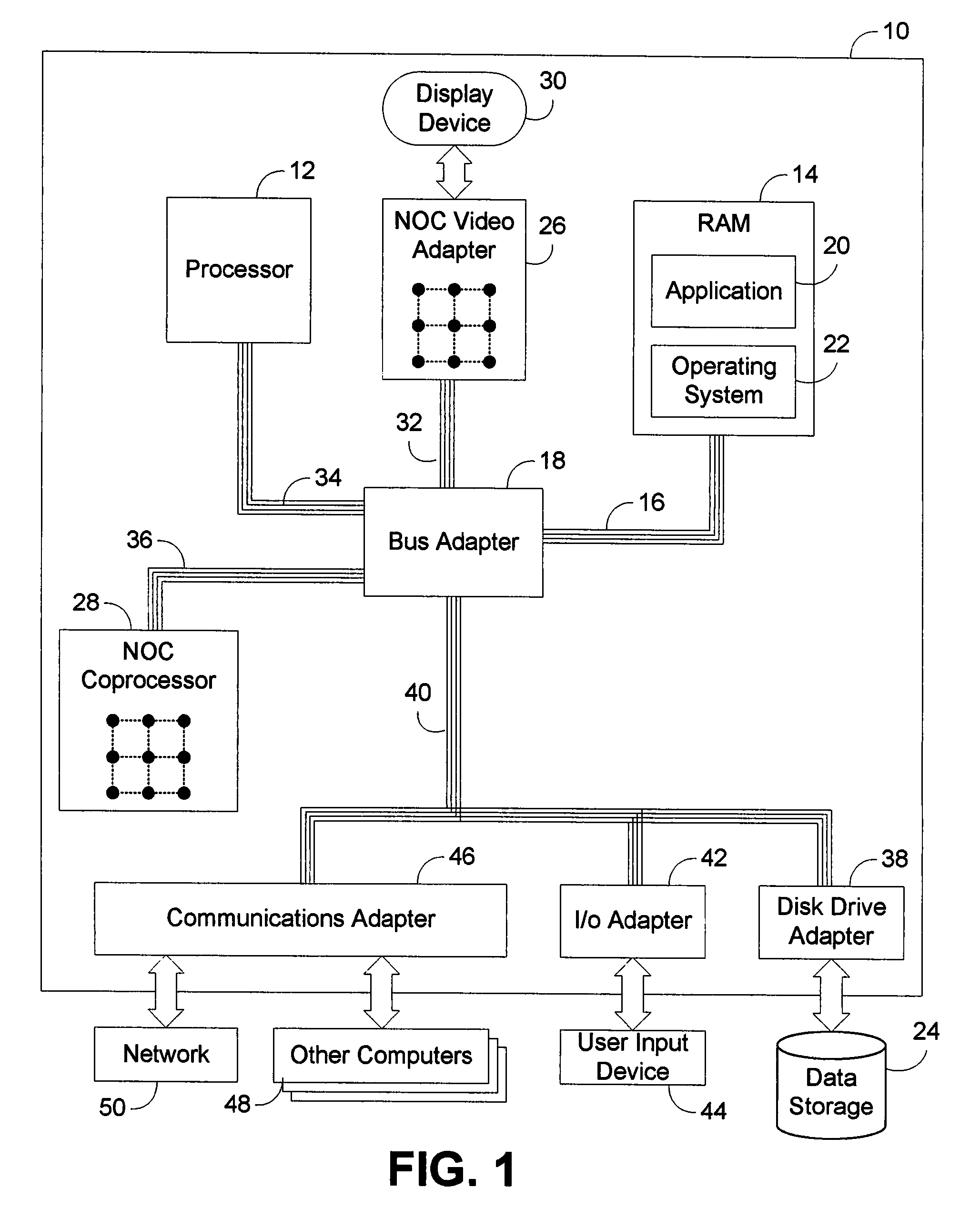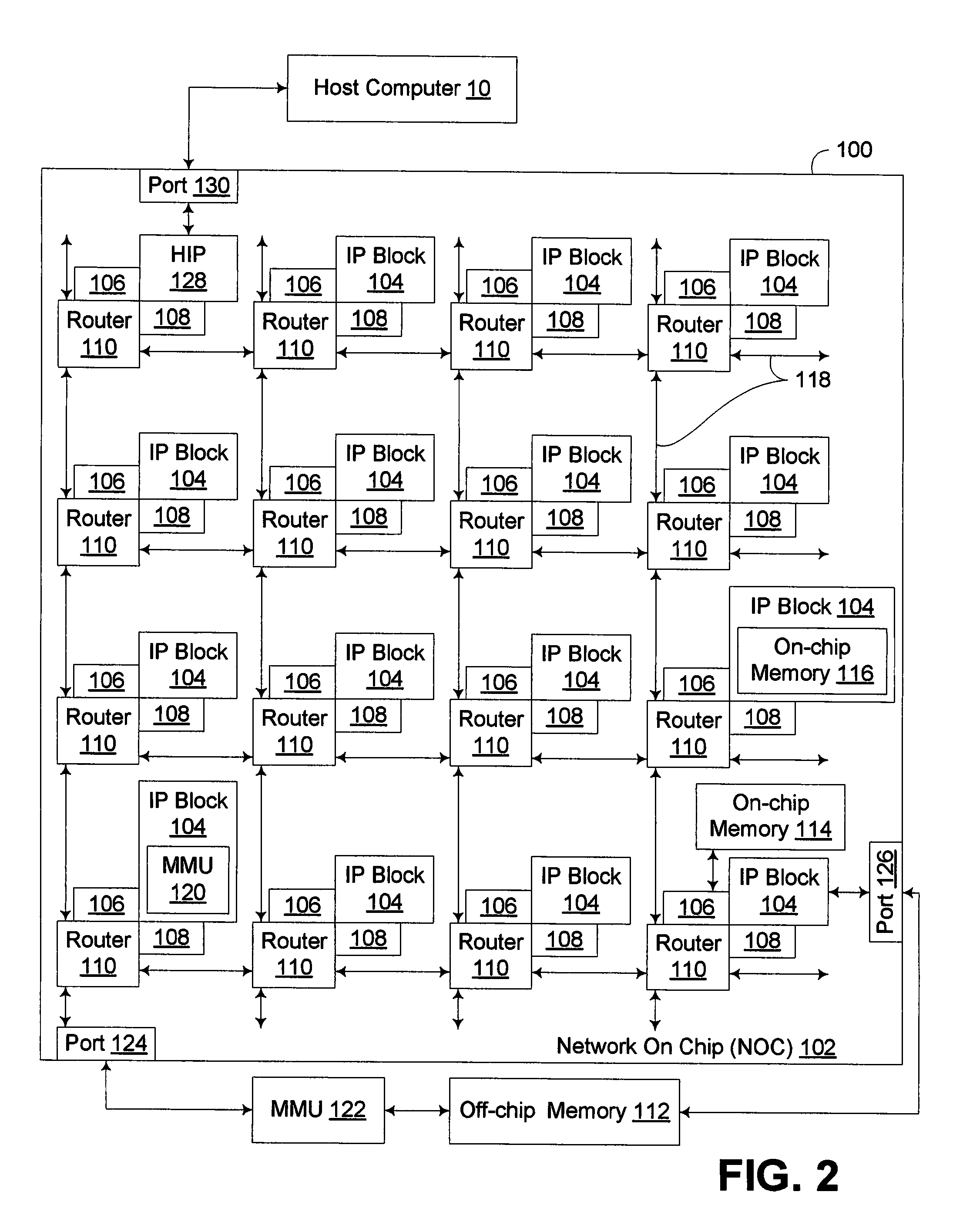Physical Rendering With Textured Bounding Volume Primitive Mapping
a physical rendering and primitive mapping technology, applied in the field of data processing, can solve the problems of low computational power, rasterization suffers from several drawbacks, and modern monitors display images, so as to reduce processing overhead, reduce the size of ads, and reduce the overhead
- Summary
- Abstract
- Description
- Claims
- Application Information
AI Technical Summary
Benefits of technology
Problems solved by technology
Method used
Image
Examples
Embodiment Construction
[0046]Embodiments consistent with the invention map a subset of primitives from a scene onto at least one surface of a textured bounding volume to reduce the overhead associated with generating and using an Accelerated Data Structure (ADS) in connection with physical rendering-based image processing. In particular, embodiments of the invention typically are directed to optimizing the ADS building stage and / or physical rendering stage of a physical rendering-based pipeline such as a ray-tracing pipeline. Such embodiments effectively reduce the number of primitives added to and stored within an ADS by drawing selected primitives from a scene on a textured surface of a bounding volume in lieu of adding those selected primitives to the ADS.
[0047]As noted above, with physical rendering-based image processing, building an ADS is typically very costly, as is the traversal of the ADS during physical rendering. Reducing the ADS build time and ADS traversal is therefore often paramount to per...
PUM
 Login to View More
Login to View More Abstract
Description
Claims
Application Information
 Login to View More
Login to View More - R&D
- Intellectual Property
- Life Sciences
- Materials
- Tech Scout
- Unparalleled Data Quality
- Higher Quality Content
- 60% Fewer Hallucinations
Browse by: Latest US Patents, China's latest patents, Technical Efficacy Thesaurus, Application Domain, Technology Topic, Popular Technical Reports.
© 2025 PatSnap. All rights reserved.Legal|Privacy policy|Modern Slavery Act Transparency Statement|Sitemap|About US| Contact US: help@patsnap.com



